
The Broadhurst Theatre is a Broadway theater at 235 West 44th Street in the Theater District of Midtown Manhattan in New York City. Opened in 1917, the theater was designed by Herbert J. Krapp and was built for the Shubert brothers. The Broadhurst Theatre is named for British-American theatrical producer George Broadhurst, who leased the theater before its opening. It has 1,218 seats across two levels and is operated by The Shubert Organization. Both the facade and the auditorium interior are New York City landmarks.

George Howells Broadhurst was an Anglo-American theatre owner/manager, director, producer and playwright. His plays were most popular from the late 1890s into the 1920s.

Lottie Collins was an English singer and dancer, most famous for introducing the song "Ta-ra-ra Boom-de-ay!" in England.

Julia Emilie Neilson was an English actress best known for her numerous performances as Lady Blakeney in The Scarlet Pimpernel, for her roles in many tragedies and historical romances, and for her portrayal of Rosalind in a long-running production of As You Like It.

Gentleman Joe, The Hansom Cabbie is a farcical musical comedy with music by Walter Slaughter and a libretto by Basil Hood.

Laura Nelson Hall was an actress in theater and vaudeville stock companies in the late 19th century and early 20th century.

Max Marcin was a Polish-born American playwright, novelist, screenwriter, and film director. He wrote for 47 films between 1916 and 1949. He also directed six films between 1931 and 1936. His stage work includes See My Lawyer (1915), directed by Frank M. Stammers; he wrote and/or produced almost 20 plays for Broadway from 1916-38. Marcin wrote for and produced The FBI in Peace and War and created, produced and wrote for the Crime Doctor radio program, which became the basis for a series of ten Crime Doctor films.
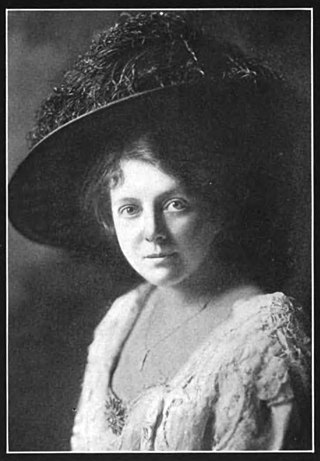
Blanche Lillian Deyo was an American dancer, actress, and singer who performed in multiple theatrical venues -- Broadway, vaudeville, burlesque, ballet, and international variety theaters—throughout the late nineteenth and early twentieth centuries.

Terry's Theatre was a West End theatre in the Strand, in the City of Westminster, London. Built in 1887, it became a cinema in 1910 before being demolished in 1923.

Henry Hamilton was an English playwright, lyricist and actor. He is best remembered for his musical theatre libretti, including The Duchess of Dantzic (1903), The School Girl (1903), Véronique (1905) and The Little Michus (1907), often adapting foreign works for the British stage.
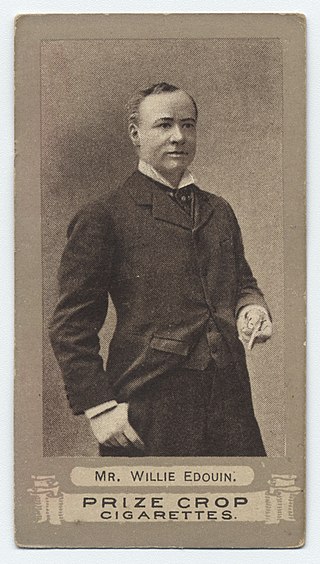
Willie Edouin was an English comedian, actor, dancer, singer, writer, director and theatre manager.
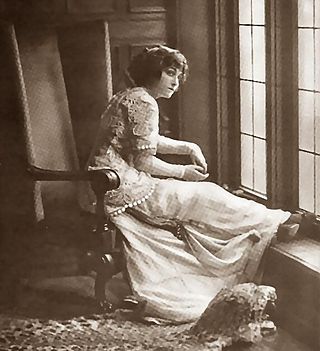
Mabel Hite was a vaudeville comedian and musical comedy actress.

Alma Stuart Stanley was a British actress and vocalist once popular on both sides of the Atlantic Ocean. She was perhaps best remembered as Lady Teazle in Sheridan's The School for Scandal and Aphrodite in George Procter Hawtrey's Atlanta. In a career of more than thirty years she appeared in some sixty plays and made two North American tours. Her later years were spent in reduced circumstances, culminating with her death at a London prison hospital following an arrest for public intoxication.

Madame Sans-Gêne is a historical comedy-drama by Victorien Sardou and Émile Moreau, concerning incidents in the life of Catherine Hübscher, an outspoken 18th-century laundress who became the Duchess of Danzig. The play is described by its authors as "three acts with a prologue".
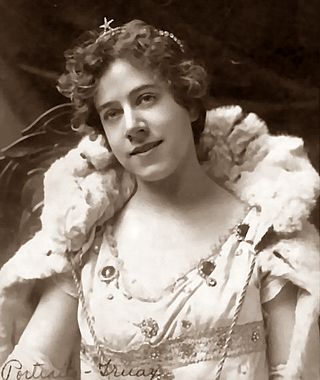
Sarah Truax was an American actor whose career began in the mid-1890s and lasted well into the twentieth century. Though she appeared in only a handful of Broadway and Hollywood productions over her career, Truax did achieve success throughout America as a star of stock and touring companies. She had starring roles in The Two Orphans, The Prince of India and The Garden of Allah. During her later years Truax remained active as an actor and stage director working with community theatres across her adopted state of Washington.

What Happened to Jones is a 1926 American silent comedy film directed by William A. Seiter and starring Reginald Denny. It was produced and distributed by Universal Pictures. The film is based on the 1897 Broadway play What Happened to Jones by George Broadhurst.
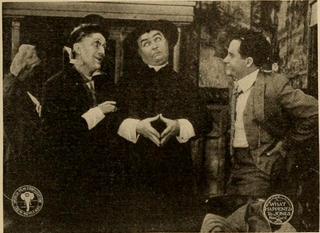
What Happened to Jones is a lost 1915 silent film directed by and starring Fred Mace. It is based on George Broadhurst's 1897 play What Happened to Jones. William A. Brady was the producer.
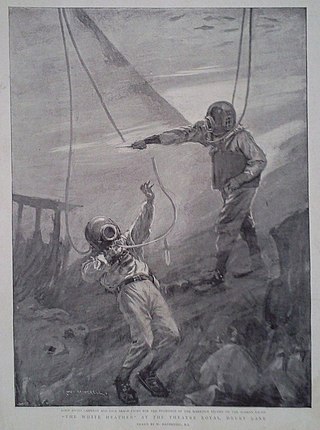
The White Heather is an 1897 melodrama by playwrights Cecil Raleigh and Henry Hamilton. The climactic scene of the play portrays a fight between two underwater divers.

Georgine von Januschofsky was a Moravian actress and singer.

The Bijou Theatre was a former Broadway theater in New York City that opened in 1878 as Theatre Brighton and was demolished in 1915. It also served as an opera house and silent movie venue throughout its history. Located at 1239 Broadway between 30th and 31st Streets, had been converted from a drinking and gambling establishment into a theatre for variety, and opened August 26, 1878, with Jerry Thomas as proprietor. The house had many changes and names until John A. McCaull, a Baltimore lawyer, and Charles E. Ford took charge of it. Considerable money was spent and when they reopened the house on March 31, 1880, as the Bijou Opera-house, it looked like a modern and well-regulated theatre. In 1881 and 1882, Lillian Russell appeared in three different operettas.





















